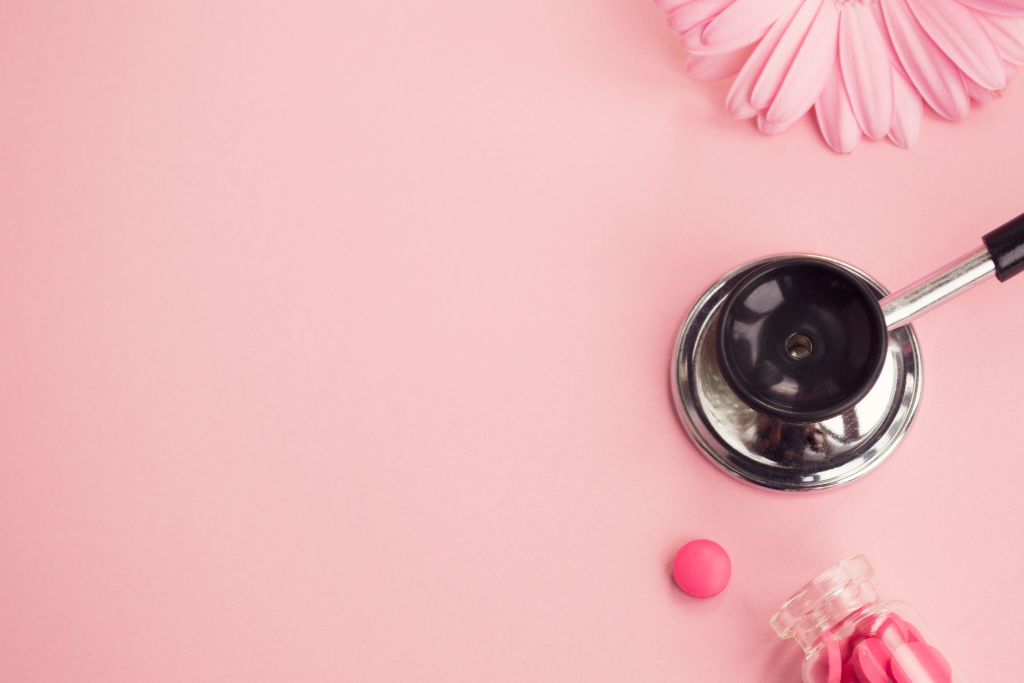Did you know that IUDs are more than 99.9% effective at preventing pregnancy (PPFA), making them one of the most reliable forms of contraception available today?
Getting an IUD is a significant step in a woman’s healthcare journey, offering long-term protection with minimal maintenance. However, many people are not fully aware of the essential post-IUD care that is crucial after the insertion procedure.
Knowing what not to do after IUD insertion can help ensure the device works effectively and minimize discomfort during recovery.
Understanding Post-IUD Care
After insertion, it’s normal to experience some cramping and spotting. Knowing how to navigate the days and weeks that follow can make all the difference. Avoiding common mistakes early on can help prevent discomfort and complications.
What Not to Do After IUD Insertion
After getting an IUD, your body needs time to adjust. A few precautions can make a big difference in your recovery:
- Avoid intense physical activity such as heavy lifting or strenuous workouts
- Skip tampons and use pads to lower the risk of infection
- Don’t ignore signs like severe pain, heavy bleeding, or fever
- Avoid vaginal intercourse for at least two weeks
- Track your symptoms and how you’re feeling each day
Giving your body space to heal while staying alert to changes helps you get the most out of your IUD. If anything feels off, it’s always best to contact your healthcare provider.
IUD Recovery: The Importance of Follow-Up
A follow-up appointment is usually recommended around six weeks after insertion. This allows your provider to confirm the IUD is correctly positioned and check for any issues.
Being informed and proactive with your care supports your overall well-being and helps you feel more in control of your reproductive health.
Symptoms to Watch For
Mild cramping or light spotting is normal, but it’s important to recognize when something may be wrong. Contact your provider if you experience:
- Severe abdominal pain that doesn’t ease
- Heavy bleeding after an IUD insertion
- Passing large clots
- Fever or chills
- Unusual discharge with a strong smell
- Feeling faint or lightheaded
Staying aware of your symptoms is crucial. It ensures any issues are caught and treated early.
Trusting Your Body After IUD Insertion
Everyone’s recovery is different. Some feel fine within a day or two, while others take longer. There’s no “right” timeline, and that’s perfectly normal.
You might feel unsure, especially if it’s your first IUD. That’s why having support and reliable information is so important. Confidence grows when you feel informed and heard.
By asking questions, trusting your instincts, and listening to your body, you’re actively supporting your health and well-being.
Your Path to a Safe Recovery
Taking your recovery seriously and knowing what not to do after IUD insertion can improve your comfort and help prevent complications. And remember, support is always available when you need it.
Need expert care after an IUD, or are you looking for a provider who truly understands women’s health? At Family Health Center in Sandpoint, we offer same-day appointments, personalized support, and lifelong care for every stage of a woman’s journey.
New patients are welcome. Book today and experience healthcare designed around you.




